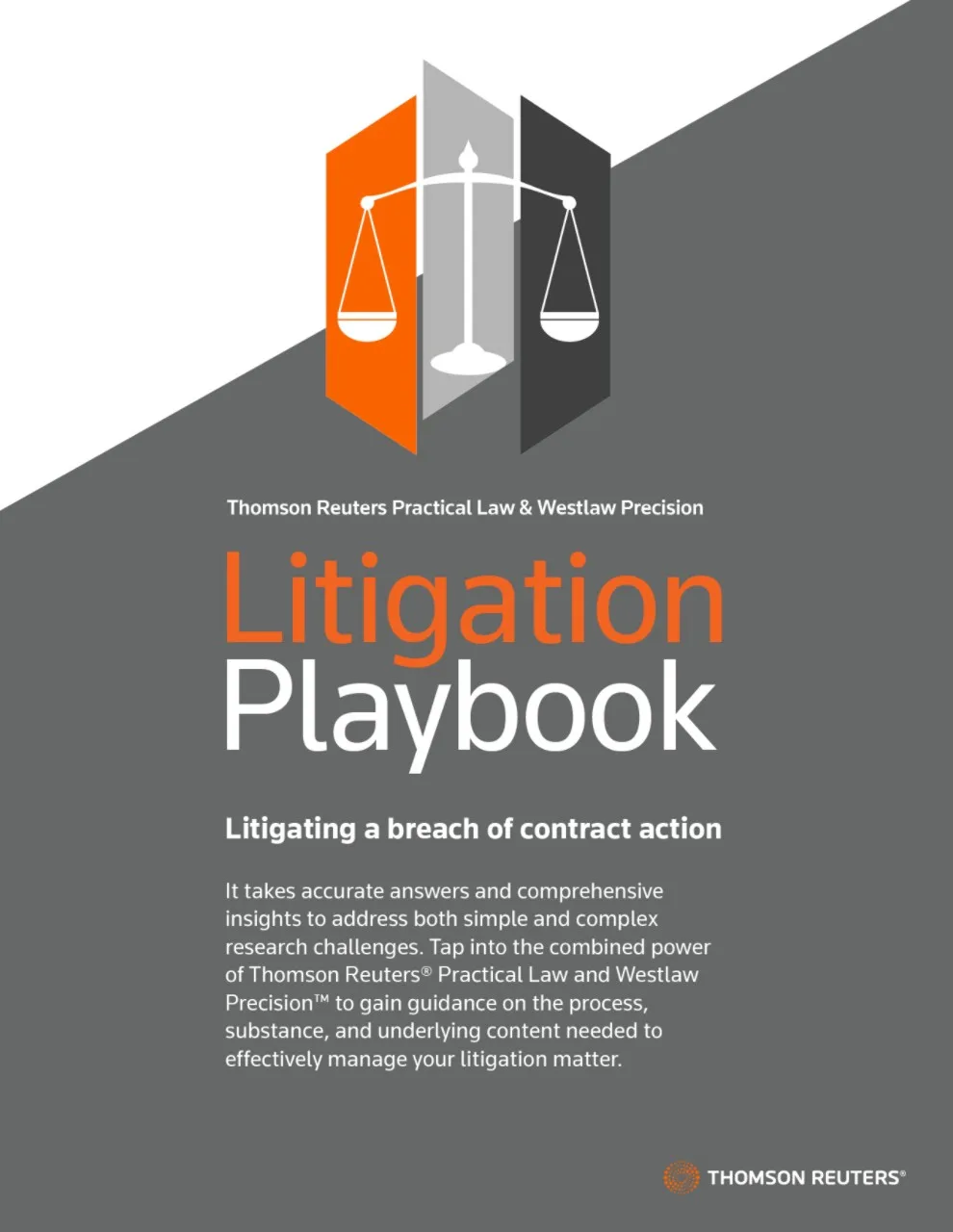Explore various contract types from fixed-price to unconscionable. Understand the nuances and significance of legal agreements in diverse situations.
Legal terms • contract • types of contracts
Contracts are a foundational component of the business and legal landscape that shape so much of our day-to-day activities. Depending on the nature of both the existing and developing relationship between entities, different types of legal agreements may be warranted.
Below, we will explore some of the key differences between the different types of contract agreements and spotlight some instances where they may be used. Sometimes, one particular style of contract seems intuitive based on the nature of the proposed arrangement. Other times, the style of contract deployed may depend on user preference. To that end, it is helpful for the business community and legal pros to have a cursory understanding of the nature of these agreements in order to effectively utilize them.
Jump to ↓
Definition of each type of contract

CoCounsel Legal
AI lawyers swear by: Trusted content, expert insights, and an all-in-one solution with ISO/IEC 42001:2023 certification
See it in action ↗Definition and elements
Before diving into the different types of contracts, it is helpful to review the basic definition and essential elements of a contract.
Broadly speaking, a contract is a formal, legally binding contract agreement between parties. This legal arrangement creates “mutual obligations that are enforceable by law.” Legally binding contracts, generally, have several key elements.
- Offer– One party promising to do something, or conversely, promising to refrain from doing a particular action
- Acceptance– The unambiguous nature by which an agreement is solidified. This may be done verbally, or through performance or deed
- Awareness– Both parties acknowledge the contract agreement exists
- Consideration– When something of value is offered in exchange for the above-stated action or inaction; the value that induces the parties to enter into the contract
- Capacity– Individuals must have the ability to reasonably understand what entering a contract agreement means; individuals compromised by, for example, drugs, may be found to lack capacity with respect to contract law
- Legality– Valid contracts must fall in line with existing laws
Defining each type of contract
Fixed-price contract
This is a contract between a buyer and seller in agreement on what constitutes total payment for supplies and services provided in said contract.
According to information from the U.S. Department of State, fixed-price contracts are “used when specifications are clearly defined and the contractor is required to deliver a product that conforms to the specifications or the completion of specific tasks before payment is made. This type of contract places maximum responsibility on the contractor to accomplish the work stipulated in the contract.”
Cost-reimbursement contract
On the flip side of a fixed-price contract is the cost-reimbursement contract, which is used when the requisite amount of work cannot be “definitely described,” or when it may be too difficult to effectively estimate the costs with any “reasonable degree of certainty.”
Essentially, a cost-reimbursement contract is used when the amount of work cannot be explained in concrete terms. This flexible arrangement acknowledges the inherent uncertainties in certain projects, allowing for a more adaptable financial structure. It serves as a strategic approach when the scope and intricacies of the work are subject to change, offering a collaborative framework where the buyer and seller can navigate evolving requirements with a shared understanding of the dynamic nature of the endeavor.
Cost-plus contract
This contract is used when payment to a contractor is generated at the inception of the original contract agreement. Per Federal Acquisition Regulation, this fee will not necessarily vary with the actual cost of the work, but can be adjusted based on changes in the work itself.
Unlike fixed-price contracts, where costs are predetermined, the cost-plus model provides a flexible framework that accommodates fluctuations in project requirements. This approach encourages collaboration and adaptability, aligning the financial structure with the evolving dynamics of the work, and fostering an environment where both the buyer and contractor share a vested interest in achieving optimal project outcomes.
Time and materials contract
A time and materials contract centers on the costs associated with the actual number of hours required to complete a job. These costs will normally be fixed based on specified wages, hourly rates, administrative expenses, overhead, and profits. As such, this type of contract agreement is used when it is not possible to estimate the scope of work and its associated costs ahead of time.
Unit price contract
Generally used in the completion of construction projects, this type of contract usually governs public works projects, engineering projects and “horizontal construction” like roadways.
In a unit price contract, a contractor is normally paid for the total costs associated with each line item included in a project. This includes materials, labor, overhead, equipment, and profit. These contracts are extremely well suited for work projects loaded with easily measured, repetitive tasks. This tailored approach enhances transparency and accountability in cost allocation, fostering efficiency in the execution of intricate construction projects.
 |
Unilateral contract
As the name implies, these deals involve a singular entity making a promise to another party based on a set of circumstances. Offers accepted in a unilateral contract are done so via performance.
As the name suggests, the obligation is unilateral, with one party making a commitment and the other fulfilling the terms through specified actions or conditions. This type of contract creates an intriguing dynamic where the performance becomes the catalyst for acceptance, adding an element of action and eventuality to the contractual relationship. Unilateral contracts are often found in scenarios where a clear, defined act or achievement triggers the fulfillment of the pledged commitment.
Bilateral contract
In contrast to its similarly named counterpart, this type of contract involves both parties making a promise required to fulfill the terms of a given agreement.
One party’s promise serves as consideration for the promise of the other. As a result, each party is an obligor on that party’s own promise and an obligee on the other’s promise. Common uses of this contract include sales contracts, leases, and warranties.
Implied Contract
Implied contracts do not have a set of explicitly stated terms and exist based on the assumption a contract agreement exists. This implication derives from the conduct of the parties, or may be based on the principle that denying its existence would result in “unjust enrichment.”
These contracts rely on the tacit mutual assent between parties, where actions and circumstances manifest an agreement even in the absence of formally outlined terms. Implied contracts often arise in situations where a shared understanding and ongoing conduct imply a commitment, fostering a legal framework that recognizes the implicit obligations governing the relationship between the parties involved.
Express contract
An express contract is an agreement involving individuals explicitly and precisely stating their intentions. Both people have to agree to the same thing and they have to give something in return.
This differs from an implied contract where parties indicate a contractual promise through actions, without stating their intentions directly.
In express contracts, the terms are openly communicated, fostering transparency and leaving no room for ambiguity regarding the obligations and expectations of each party involved in the agreement.
Simple contract
Simple contracts are not always written and generally have several required elements. In short, the parties in a simple contract must want to be legally bound to the terms, the agreement must include both offer and acceptance, all parties must understand the terms, and the terms must be “sufficiently certain.”
Despite their informal nature, simple contracts maintain a legal framework that upholds the principles of mutual consent, understanding, and clarity, forming the basis for various agreements in both personal and professional realms.
Unconscionable contract
Unconscionable contracts are essentially the antithesis of normal contract agreements. These contracts are inherently oppressive and unfair. In general, claiming a contract classifies as such is a defense against the contract’s enforcement.
A contract is most likely to be found unconscionable if both unfair bargaining and unfair substantive terms are shown. An absence of meaningful choice by the disadvantaged party is often used to prove unfair bargaining.
The defense often rests on highlighting the disadvantaged party’s lack of meaningful choice, emphasizing the imbalance in bargaining power. This underscores the legal and ethical principle that contracts should be equitable, fostering fair treatment and preventing exploitation in agreements between parties.
Adhesion contract
Adhesion contracts are contracts purported to be negotiated between parties of uneven bargaining strength. An adhesion contract is drafted by one party, which is responsible for setting the terms of the agreement, and features another party of considerably lesser strength who must then decide whether or not those terms are acceptable.
Adhesion contracts exemplify a power dynamic where one party holds a predominant influence in shaping the contractual terms, raising considerations of fairness and the need for protection against the potential exploitation of the party in the weaker position.
Aleatory contract
An aleatory contract is characterized by its dependency on an uncertain event, distinguishing it from contracts with predetermined outcomes. In this type of agreement, the realization of consequences and obligations is contingent upon the occurrence of an unpredictable and often unforeseeable event. Aleatory contracts are commonly employed in situations where the outcome is subject to chance or external factors beyond the control of the parties involved. This element of unpredictability adds a layer of complexity to the contractual relationship, introducing a dynamic where the fulfillment of obligations is intricately linked to the fortuitous unfolding of events.

Playbook
Litigating a breach of contract action: The answers you need and how to proceed when litigating a matter.
Download free playbook ↗








